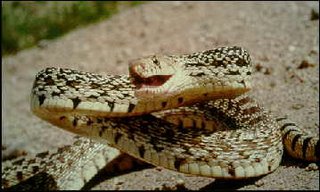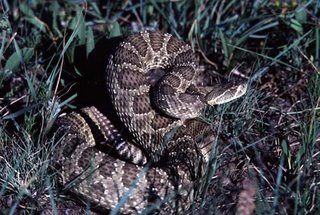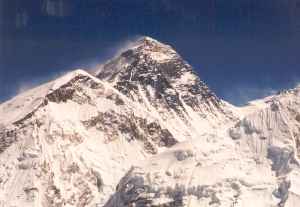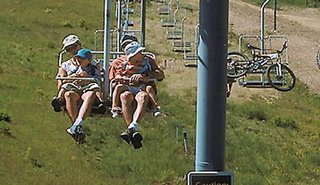Most of us are still geared to running and riding and cycling, but I couldn't help sharing this tale of a Copper Mountain groomer who has spent more than 1,000 consecutive days on the slopes.
By TODD JOHNSTON
Associated Press Writer
Rainer Hertrich loves what he does so much that he hasn’t taken a day off since Nov. 1, 2003. No sick days. No vacation days. He doesn’t need them. After all, Hertrich is not stuck in an office or making sales calls. He’s crisscrossing down another ski slope to keep his world-record streak alive.
Hertrich reached the milestone of 1,000 consecutive days of skiing when he barreled down Oregon’s Timberline Ski area on July 27. Though he surpassed the next-longest streak long ago and already holds a place in the Guinness Book of World Records, there’s no sign the ultimate ski bum plans to stop.
“To me, it’s flat-out fun,” said Hertrich, a 45-year-old telemark skier. “I don’t know of any other sport where you can go that fast on your feet.”
The previous record was held by the British skier Arnie Wilson, who skied 365 consecutive days in 1994. Hertrich surpassed Wilson’s mark in 2004, and kept going.
Hertrich follows winter by traveling from Oregon and Colorado to Chile and Argentina, zigzagging the Americas to ski year-round. When it’s winter in the U.S., he’ll be here. And when summer comes, he ventures to the Andes for South America’s winter.
It’s there he finds the right conditions for the other world record Hertrich set in his marathon: vertical feet skied. He has already skied 34 million vertical feet. To put that into perspective, on an average day he skis 33,000 vertical feet. That is higher than Mount Everest.
He is not married and has no children. There is no one to question his freewheeling ways.
His drive seems more for the adventure of the next great downhill or a visit to a new locale to meet skiing friends than it is to set a world record. Yet, setting records is certainly on his mind. “When I passed the first year mark, that was a big mark,” he said. “When I passed 500 days, that was a big mark to me at the time.”
Following day 1,000 of his feat, he was a bit mystified on his daily Internet blog by all the attention: “For some reason, 1,000 days on skis seems like a big deal to a lot of people.”
Hertrich grew up in Boulder, learning to ski at an early age. The best part about skiing is “the freedom, being up on the mountain, and the scenery.”
Hertrich has weathered brutal conditions along the way. But he’s continued to ski - through bitter cold, frostbite, rain and illness. “The worst days were when I’m camping in my tent, it’s raining and I know I have to go,” he said.
There have been close calls, too. Before flying to South America, for example, he’s learned to take pre-dawn runs on Mount Hood before going to the airport on a travel day. One time in Chile, he rented a car at the airport and got lost in Santiago. He almost did not make it to the slopes before the day was over. Another time, he hopped a bus to the mountain not realizing it was the scenic route.
Perhaps the most bizarre, though, was when he hiked up an active volcano since it had more snow to ski down than neighboring mountains during a dry spell in Chile’s winter.
Hertrich generally welcomes such obstacles with open arms. “The adventure’s great and I look forward to where it’s not all you expected it to be,” he said.
Hertrich realizes he’s setting a marker for other skiers, and he encourages anyone who wants to take up the challenge. He recalled some kids saying, “Oh, I’ll beat that.” His response: “Go right ahead, buddy!"

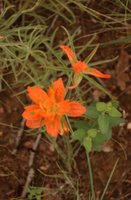



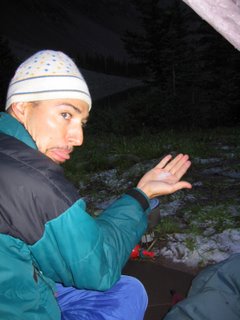



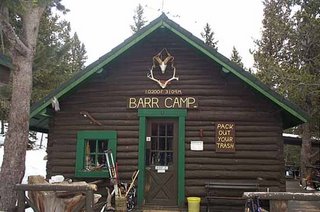
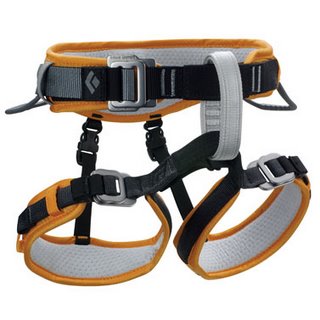

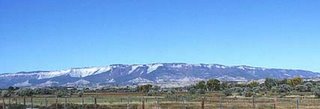
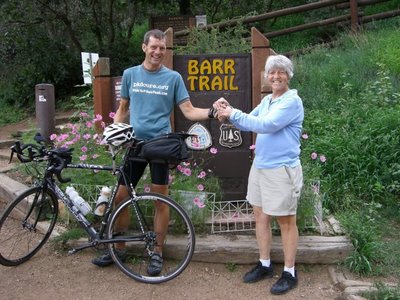




 Current record holder Matt Carpenter of Manitou has been training at speeds that suggest he has a chance at breaking his own record, which he set 13 years ago. I didn't even bother asking Carpenter whether he thought this was possible. He never likes to talk about an event before the start. I guess he figures talk is cheap; you either do it, or you don't.
Current record holder Matt Carpenter of Manitou has been training at speeds that suggest he has a chance at breaking his own record, which he set 13 years ago. I didn't even bother asking Carpenter whether he thought this was possible. He never likes to talk about an event before the start. I guess he figures talk is cheap; you either do it, or you don't.

